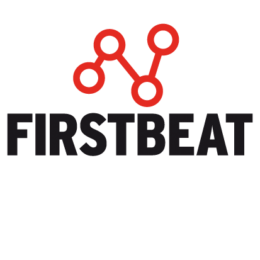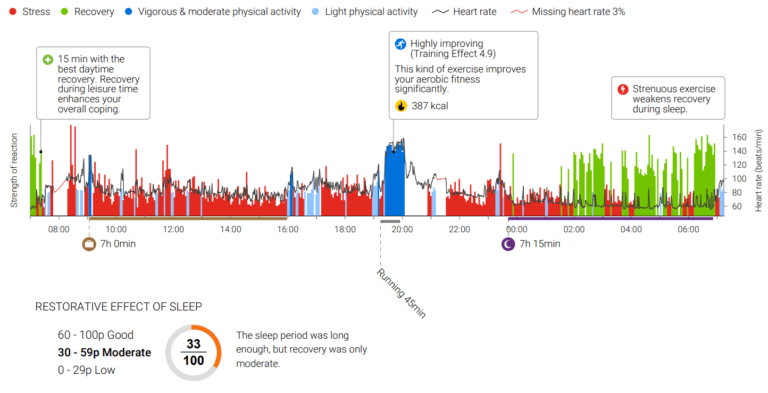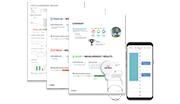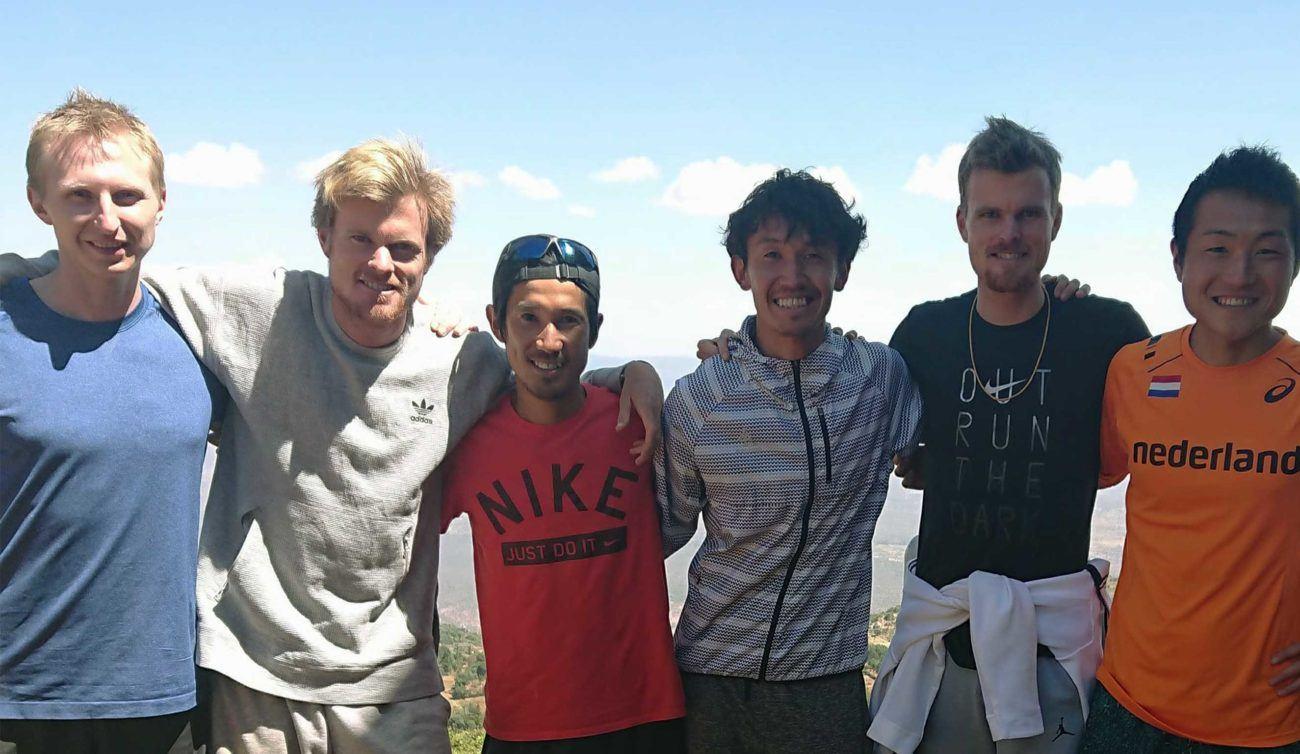
For long-distance runners competing at the elite level, monitoring internal physiology is an effective tool in the pursuit of performance. But the same analytics used by some of the finest athletes on the planet can also be used to help facilitate change in the everyday person working in an office. Just ask Colin Thomas.
Colin is the National Clinical Lead Physiologist at BMI Healthcare where he seeks to “improve the health of corporate wellness participants and, ultimately, the health of the nation”. He also happens to be a running coach who has worked with Olympic-level talent across the globe.
The two pursuits – one a full-time role at BMI, the other a serious “part-time” role that sees him travelling as far as Kenya to work with the likes of Commonwealth Games Bronze medallist Zane Robertson – may seem very different on the face of it. However, look a little closer, and they have more in common than you’d think.
Physical Activity
Thomas has been involved in private health care for over a decade but began post-university life in the fitness and coaching industry. This unique background means he can speak with authority when it comes to one of the most important issues in workplace wellbeing right now…The lack of physical activity amongst the British population.

“I think you’ve got to look at what gives you your biggest bang for your buck,” Thomas explained to Firstbeat.
“And I think if someone has got whatever it may be time ways – 30 minutes, 40 minutes, 60 minutes – if you can put in some good quality exercise in that time then that’s what’s going to have the biggest positive outcome in terms of someone’s health. I see exercise as probably being the key factor.”
Physical inactivity is a serious issue. It is recognized by the World Health Organization as the fourth leading risk factor in global mortality. Of course, most of us know that exercise has serious benefits. But that doesn’t always mean it is reflected in our daily lives.
And the traditional workplace routine isn’t helping reverse this trend. One recent study found that, of 1,000 American surveyed, people spend an average of 7.5 hours sitting at work each day.
Data doesn’t lie
With his role at BMI, Thomas is always seeking ways to help make sure the message sticks with people across the country in a bid to prevent and highlight issues in their early stages. He uses Firstbeat Lifestyle Assessment as an effective way of doing just that.
“We use Firstbeat Lifestyle Assessment as part of our healthcare assessment packages,” he explained. “It works really well because the patient wears it for three days in their own natural environment. One of the things that it highlights – with having a built-in accelerometer – is how little people move. And that is a big eye opener for a lot of people.”
Same technology, different uses
So, where do the athletes come in?
Well, the Lifestyle Assessment uses the Firstbeat Bodyguard device to measure the heart rate variability (HRV) of the wearer. This, in turn, provides data on stress levels, amount of exercise, fitness level, and overnight recovery. It is exactly the same technology that Thomas takes on his trips to Kenya to use with elite Kenyan and New Zealand runners.
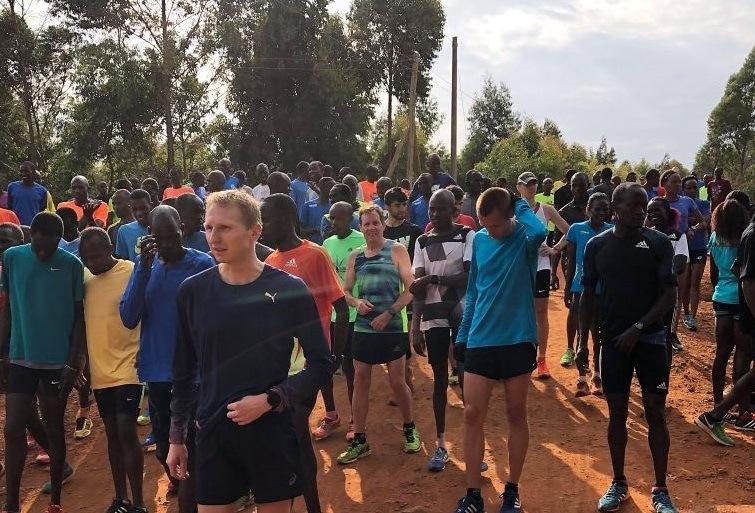
Iten, Kenya, is a town of 4,000 people that is known in running circles as ‘the home of champions’ due to its uncanny knack for producing elite runners. There, Thomas was able to use Firstbeat to track internal loads and recovery using HRV analytics:
“Some of the athletes wore it just for training sessions and some of them wore it for a few days to track recovery,” he said. “It was a good way to determine both training load and intensity during the sessions and, obviously, heart rate variability. And monitoring sleep quality afterwards was interesting as well.”
Much like the way corporate wellness clients can be motivated to change their routine after seeing the data clearly presented to them, the elite level runners soon bought into the monitoring after seeing objective results:
“Typically, the athletes I work with in Kenya don’t like wearing anything. Most of them don’t even wear a watch. They just like to run and run and run. So, saying to these guys ‘I’m going to stick this on your chest’, I got a lot of funny looks. But once they saw the results they started to buy into it.”
The raw numbers Thomas received during his month-long trip to Iten are unlikely to be matched by people carrying out a Lifestyle Assessment whilst working a 9-5 job in the UK. However, the way the results are calculated – whether that be stress levels, overnight recovery or simply the steps taken over the course of a day – is done using identical science.
Following up
Thomas plans to take Firstbeat devices with him on his next trip to Kenya to track the changes that have taken place since his previous visit. And those kind of follow-up measurements are important at the corporate wellness level too.
The feedback provided from a one-off three-day Lifestyle Assessment can highlight areas where lifestyle change could lead to improved performance and wellbeing. But following up with another measurement further down the line means that it’s possible to track whether those changes have had a significant impact. Every day is different, so conducting follow up measurements can open people’s eyes to changes in routine they hadn’t even noticed.
Thomas practices what he preaches, too.
“We’ve used Lifestyle Assessment at BMI since late 2017,” he explained. “And I used it personally for the first time in 2015. I still stick mine on probably every month, every two months. I’ll quite often stick it on for three days which we will do during corporate training as well.”
Whether highlighting the need to change a training plan to shave seconds off a marathon runner’s time, or pinpointing a time during a regular working day where 10 minutes away from your desk can make a real difference, technology can make a lasting impact when used correctly.
To Learn more about how Firstbeat Lifestyle Assessment can work in your business, download the Firstbeat Guide to Supporting Modern Workforce.
If you liked this article, you should subscribe to our mailing list
You might also be interested in
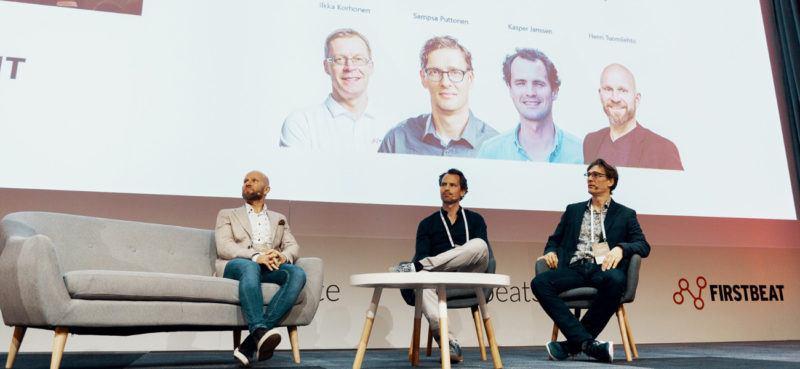
Firstbeat HRV Summit 2019: Key Takeaways on Sleep and Recovery
The Firstbeat HRV Summit 2019’s Fitness & Training session welcomed a multi-national group of speakers. Read the key takeaways on sleep and recovery topics.
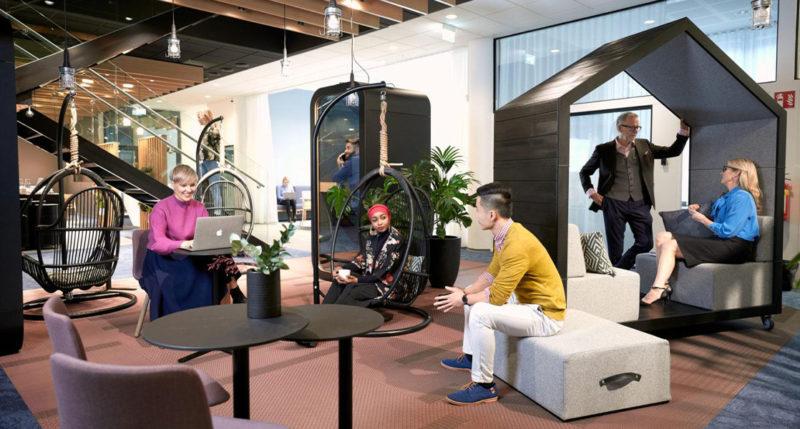
Work Pace and Workspace Matter – A Firstbeat and UMA Workspace Project
How do your surroundings affect your well-being and how effectively you work?

5 Practical Tips to Help Avoid Workplace Burnout
One of the biggest stress-related issues that continues to impact the workplace is burnout. But what can you do if you start to feel yourself heading in that direction?
